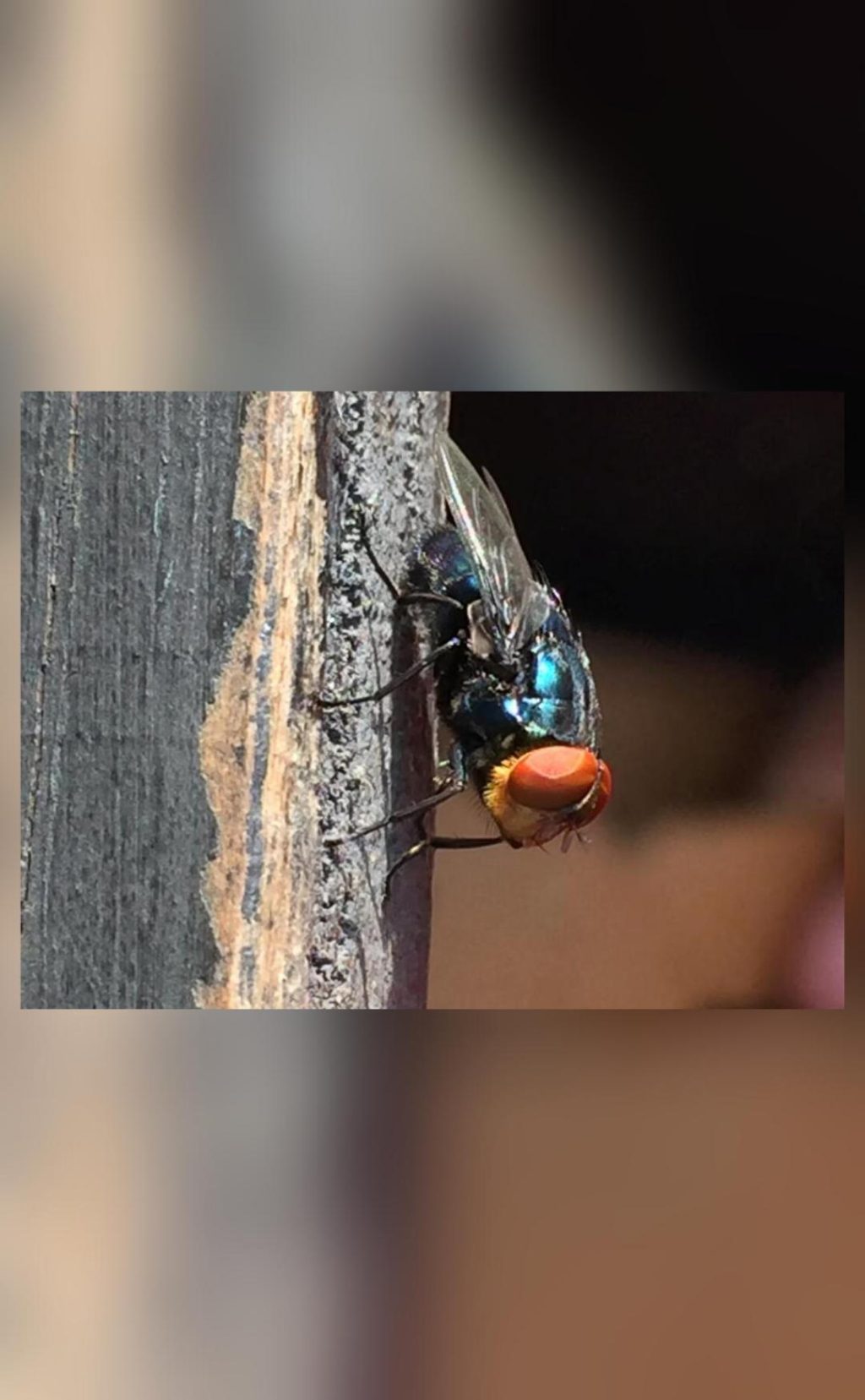
Why is US planning to breed screwworm flies & dump them from planes over Mexico?
The United States government has recently announced a peculiar plan to combat the threat posed by the New World screwworm fly, a flesh-eating pest that has been causing significant damage to the country’s beef industry. The plan involves breeding billions of male screwworm flies, sterilizing them with radiation, and then dumping them from planes over Mexico and southern Texas. The goal is to release these sterile male flies into the wild, where they will mate with the female flies, producing no offspring and ultimately leading to the decline of the screwworm fly population.
The New World screwworm fly, also known as Cochliomyia hominivorax, is a parasitic insect that lays its eggs in the flesh of warm-blooded animals, including cattle, horses, and even humans. The larvae that hatch from these eggs feed on the flesh of their hosts, causing significant damage and potentially leading to the death of the animal. The screwworm fly is native to Central and South America, but it has been introduced to other parts of the world, including the southern United States, where it has become a significant problem for the beef industry.
The US Department of Agriculture’s Animal and Plant Health Inspection Service (APHIS) has been working to eradicate the screwworm fly from the southern United States since the 1950s, using a combination of insecticides, traps, and biological control methods. However, the fly has continued to pose a threat, particularly in areas where the climate is warm and humid, such as southern Texas and Mexico.
The new plan to breed and release sterile male screwworm flies is a variation of the “sterile insect technique” (SIT), a method that has been used successfully in the past to control the population of other insect pests, such as the Mediterranean fruit fly. The SIT involves breeding large numbers of male insects, sterilizing them with radiation or chemicals, and then releasing them into the wild, where they mate with the female insects, producing no offspring.
In the case of the screwworm fly, the sterile males will be released over Mexico and southern Texas, where they will mate with the female flies, producing no offspring. Over time, the population of screwworm flies will decline, and the threat to the beef industry will be reduced. The US government is planning to release an estimated 1.4 billion sterile male flies per year, with the goal of reducing the screwworm fly population by 90%.
The plan has been developed in collaboration with the Mexican government, which has also been working to control the screwworm fly population. The two countries have agreed to conduct a joint program to release the sterile male flies, with the goal of eradicating the screwworm fly from the region.
While the plan may seem unusual, experts say that it has the potential to be a highly effective way to control the screwworm fly population. “This is a very targeted and precise approach,” said Dr. Lee D. Cohnstaedt, a biologist with the University of Texas at Austin. “By releasing sterile male flies, we can reduce the population of screwworm flies without harming other insects or animals.”
The plan has also been praised by the beef industry, which has been significant affected by the screwworm fly. “This is a major breakthrough for the beef industry,” said Randall C. Stark, a cattle rancher from southern Texas. “We’ve been fighting this pest for decades, and we’re excited to see a new approach that could finally give us the upper hand.”
However, some experts have raised concerns about the plan, particularly with regards to the environmental impact of releasing large numbers of insects into the wild. “We need to be careful when it comes to introducing non-native insects into the environment,” said Dr. Ian Kaplan, a biologist with the University of California, Berkeley. “We don’t want to create unintended consequences that could harm other species or ecosystems.”
Despite these concerns, the US government is moving forward with the plan, which is expected to begin in the coming months. The success of the program will depend on a number of factors, including the effectiveness of the sterile male flies, the ability to monitor the population of screwworm flies, and the willingness of farmers and ranchers to adopt integrated pest management techniques.
In conclusion, the US government’s plan to breed and release sterile male screwworm flies is a unique approach to controlling the population of a significant pest. While there are concerns about the environmental impact of the plan, experts say that it has the potential to be a highly effective way to reduce the threat posed by the screwworm fly. As the program moves forward, it will be important to closely monitor its progress and make any necessary adjustments to ensure its success.
News Source:



